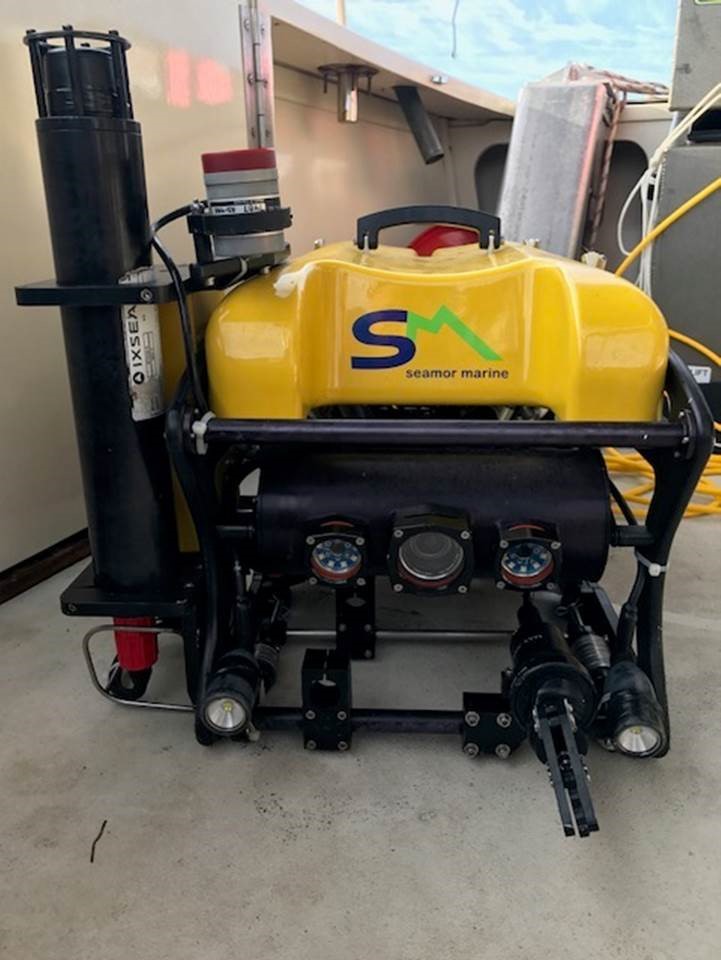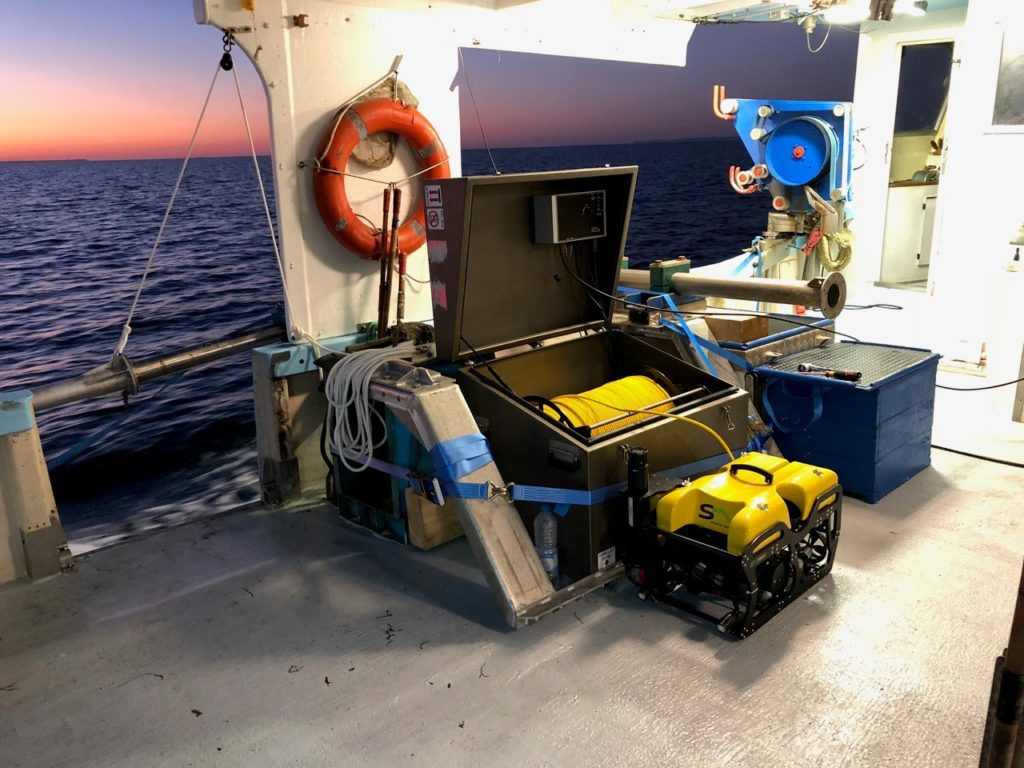Hydraulic systems in ROVs work on the principle of transmitting force through the use of incompressible fluids, typically oil or hydraulic fluid. These systems can be used for operating manipulator arms, thrusters, and other equipment in underwater environments. There are, like with any system, pros and cons to its use.
Overview of how hydraulic systems function in ROVs:
- Hydraulic Fluid. The system contains a reserve of hydraulic fluid, which is usually oil. The ability to handle pressure and transmit force effectively is the basis of choosing the right fluid for the job.
- Pumps. An electric, hydraulic, or mechanical pump pressurizes the hydraulic fluid, creating a flow of high-pressure oil within the system.
- Control Valves. Valves control the flow of the hydraulic fluid to its various components. These valves regulate the direction, pressure, and quantity of fluid sent to different parts of the system.
- Actuators. Hydraulic actuators, such as cylinders or motors, convert the hydraulic energy into mechanical energy. Actuators are responsible for executing movements like extending and retracting ROV arms, rotating mechanisms, or controlling the thrusters.
- Pressure Regulation. Pressure relief valves maintain the pressure within safe limits by diverting excess fluid back to the reservoir, preventing damage due to overpressure.
- Control System. Typically, ROV operators use a control console or interface to manipulate the hydraulic systems. It is necessary to have precise control over the movements and functions of ROV’s.
Why Use Hydraulic Systems in ROVs?
They allows for precise and powerful movements underwater, enabling ROVs to perform intricate tasks such as manipulating objects, collecting samples, conducting inspections, and more.
The benefits of using hydraulic systems in ROVs include their ability to handle high loads, transmit force over long distances without significant loss, and offer precise control of movements, which is crucial for delicate operations.
However, maintenance of hydraulic systems is essential to ensure their proper functioning. Regular checks, fluid level monitoring, and periodic replacements or repairs of components are necessary to keep the ROV operational and safe for underwater missions. In other words, hydraulic systems are not cheap. If you’re not doing millimeter work, it may pay off to use other technologies (hint, think SEAMOR ROVs). You do not need hydraulic systems to have a high-quality ROV. Your ROV needs to be able to do its job easily, in various environmental conditions, it needs to be safe, and it needs to last you a long time!

SEAMOR Marine ROVs
SEAMOR ROVs use electric thrusters for propulsion and maneuverability underwater. These electric thrusters are powered by the ROV’s electrical system and are designed to provide the necessary thrust for movement in different directions—forward, backward, upward, downward, and lateral movements. Our ROVs are easy to handle and maneuver on land and underwater.
Electric thrusters advantages over hydraulic systems in ROVs
- Electric thrusters are efficient in converting electrical energy into mechanical thrust. They are suitable for underwater propulsion without the need for hydraulic fluid. Hydraulic fluids are toxic for the environment and leakage is a risk best avoided when possible.
- They can be more compact and lightweight compared to their hydraulic counterparts. This is advantageous for ROVs that prioritize maneuverability and portability.
- They offer precise control over the thrust and direction, allowing for better maneuverability and control in various underwater conditions.
- Electric thrusters require less maintenance compared to hydraulic systems. In other words, they reduce the complexity and frequency of maintenance operations. (= saves you time and money)
Get in touch to learn more about why SEAMOR ROVs are the best choice for your business.

